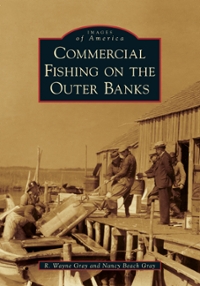Question
Towards the end of the course, we discussed some of the details underlying Classical and Keynesian economics, a seemingly endless debate within the economics profession.
Towards the end of the course, we discussed some of the details underlying Classical and Keynesian economics, a seemingly endless debate within the economics profession. In this, we are focusing on sources of business cycles as defined as recurrent fluctuations in aggregate economic activity. Draw an IS-LM-FE diagram and an AS - AD diagram, starting at an initial equilibrium point A in both diagrams (where r = ra, Y = Ya, P = Pa. etc.). Now show how the real business cycle (RBC, classical) economists explained the business cycle (recurrent fluctuations in economic activity) and label as point B on both of your diagrams. What was the source of the change in output and refer to the two real world examples that we discussed that are consistent with RBC theory. How do RBC economists explain the recurrent part of business cycles? Finish this first part of your essay by commenting on the role of fiscal and monetary policy in terms of fighting or smoothing out business cycles, typically referred to as discretionary counter-cyclical policy (i.e., do they work? Why or why not?). In this part of the essay, you are to explain, using the same two diagrams as above (draw two new diagrams), how the Keynesians explain the business cycle (recurrent fluctuations in economic activity). Begin at point A as above and then show how the Keynesians explain the business cycle as a movement to point B. Again, be very clear as to the source of the movement in output (hint - there are many), and refer to two real-world examples consistent with your arguments. Now comment on the duration of this movement in economic activity - that is, what determines how long we are away from potential GDP. Finish this part of your essay by commenting on the role of fiscal and monetary policy in terms of fighting or smoothing out business cycles, typically referred to as discretionary countercyclical policy (i.e., do they work? Why or why not?). Which (monetary or fiscal) did Keynes prefer and why
Step by Step Solution
There are 3 Steps involved in it
Step: 1
Sure this question requires a detailed analysis of Classical Real Business Cycle Theory and Keynesian economics as they relate to business cycles including graphical representation and discussions on ...
Get Instant Access to Expert-Tailored Solutions
See step-by-step solutions with expert insights and AI powered tools for academic success
Step: 2

Step: 3

Ace Your Homework with AI
Get the answers you need in no time with our AI-driven, step-by-step assistance
Get Started


